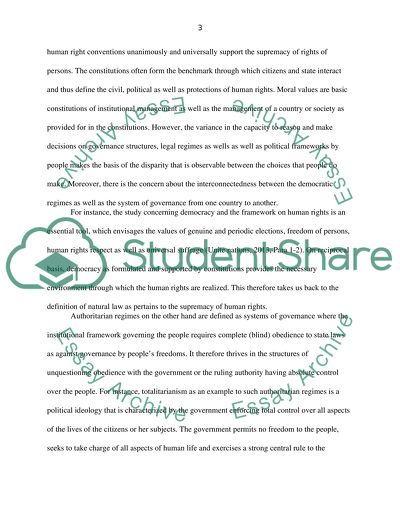Cite this document
(“Keith Haring Artwork and Inspiration Essay Example | Topics and Well Written Essays - 2750 words”, n.d.)
Keith Haring Artwork and Inspiration Essay Example | Topics and Well Written Essays - 2750 words. Retrieved from https://studentshare.org/history/1494211-keith-haring-artwork-and-inspiration
Keith Haring Artwork and Inspiration Essay Example | Topics and Well Written Essays - 2750 words. Retrieved from https://studentshare.org/history/1494211-keith-haring-artwork-and-inspiration
(Keith Haring Artwork and Inspiration Essay Example | Topics and Well Written Essays - 2750 Words)
Keith Haring Artwork and Inspiration Essay Example | Topics and Well Written Essays - 2750 Words. https://studentshare.org/history/1494211-keith-haring-artwork-and-inspiration.
Keith Haring Artwork and Inspiration Essay Example | Topics and Well Written Essays - 2750 Words. https://studentshare.org/history/1494211-keith-haring-artwork-and-inspiration.
“Keith Haring Artwork and Inspiration Essay Example | Topics and Well Written Essays - 2750 Words”, n.d. https://studentshare.org/history/1494211-keith-haring-artwork-and-inspiration.


